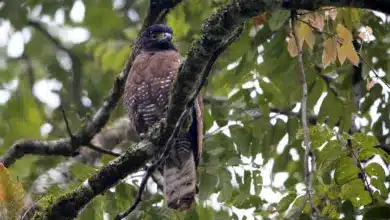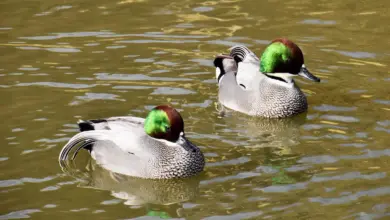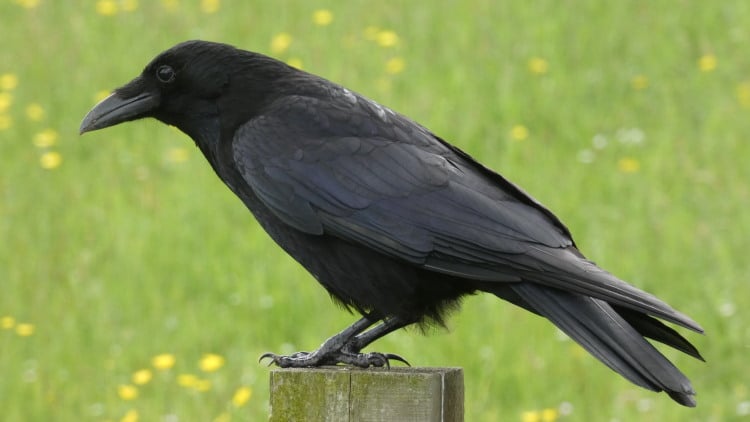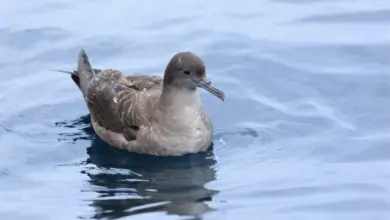Do Ostrich Have Teeth?
Do Ostrich Have Teeth? Can They Bite?
Out of the many amazing things that ostrich lovers note, their ability to bite food is one. Do ostrich have teeth, unlike other birds that let them bite the food? Let’s find out.
Ostriches are fascinating birds with many unique features.
One that sparks the curiosity of many is their ability to bite and chew food, which is very unlike most birds.
What makes this possible is the unique anatomy of this flightless bird’s beak and its complex, 3-tiered digestive system that takes as many as 36 hours to digest food sometimes!
Read on to find out some amazing things about the world’s largest bird and how it eats its food!

Do Ostrich Have Teeth?
No modern-day birds have teeth, and Ostriches are no exception. While humans and other mammals need teeth to bite and chew food to digest, birds (including ostriches) do not.
Ostriches simply use a different process for this.
Ostriches have a different digestive system that makes up for the lack of teeth and additional features in their beaks which renders teeth unnecessary.
Can Ostriches Bite Their Food?
You may wonder how ostriches can bite their food without any teeth. While there are no teeth, the beaks do have ridges in them.
While these ridges are blunt, they are strong enough to break down food. Moreover, ostrich beaks are strong, so they can break down most foods.
This process of breaking down the food is similar to the way humans and other animals bite their food.
Ostriches have a broad yet flat beak with a rounded tip. The beak is hard and can grip food firmly. It can tear food into smaller pieces.
This is how ostriches can tear off leaves, roots, and twigs from plants and eat them. The flat beak and rounded beak tip also help them catch small insects and lizards.
The beak is also strong enough to pick up hard objects like stones. We will talk about why this is important in a moment
But there is another big difference that lets ostriches digest their food: their digestive system is very different from ours.

How Do Ostrich’s Chew Food Without Teeth?
Obviously, biting food with a beak and chewing it with teeth are very different because teeth are much sharper.
However, ostriches make up for this by having a longer and more rigorous digestive process.
Ostriches have three stomachs, and the digestive system of the ostrich takes 36 hours to digest food completely!
The first stomach is the Glandular stomach, similar to our gall bladder.
The Ventricular stomach (or the gizzard) is the second stomach in this process, and it is where the food is broken down into a paste-like consistency so that it can be absorbed easily.
Ostriches support this process by swallowing pebbles and small rocks, which go into their stomach and act as grinders, making a thick paste out of the food.
You can find up to 11 pounds of stones in an adult ostrich’s gizzard at any time! Apart from these pebbles, there are digestive juices that act on the food.
Breaking down food particles is not particularly difficult as ostriches do not usually consume anything too large (their diet is mostly roots, seeds, and small plants.)
If plant-based foods are not easily available in their habitat, you may find that ostrich hunt small lizards or insects. But this process lets them digest these easily as well.
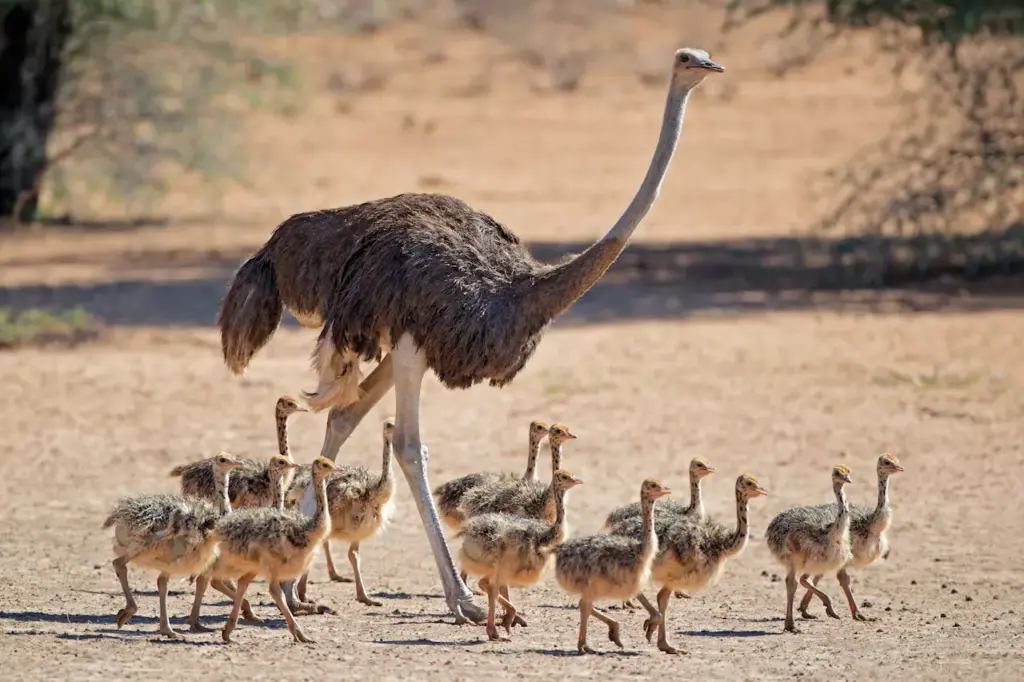
Is an Ostrich Bite Dangerous? Will it Hurt?
Yes, ostrich bites can be dangerous! Don’t let their lack of teeth fool you because if you get too close to an ostrich’s beak, they will try and snap your finger off.
Ostriches have strong beaks. They can use their beaks to grip and bite your finger, which will hurt you a lot.
An ostrich bite can break the skin on your finger and cause bleeding. However, because there are no teeth, an ostrich bite is usually not as severe as a dog or monkey bite.
Moreover, there is a lower risk of infection. However, it can cause considerable pain and will require immediate treatment.
While you should not get too close to an ostrich or try to feed it without expertise or guidance, it is not the bite you need to worry about.
An ostrich’s kick is far worse and can cause severe trauma to your face or abdomen.
Here’s a video showing an Ostrich biting a human. The lady was lucky she didn’t get a cut!
What Are Ostrich Beaks Made Of?
An ostrich’s beak is made of calcium and keratin.
The flat surface and the rounded tip of the beak are made of calcium, and the keratin composes the bony part of the beak.
Apart from these hard substances, the beak also has numerous blood vessels. The ostrich’s beak also has tissues and sensitive cells.
This means that, despite popular belief, ostriches can feel pain in their beak when it is hurt.
People think that since keratin (the same substance in human nails) is present, ostriches may not have any sensation in their beaks.
However, this is not true. Due to the tissue and nerve endings, the beak is quite sensitive. Ostrich beaks are prone to injury, and an ostrich can hurt or even break.
Frequently Asked Questions
How many teeth do ostriches have?
What are three interesting facts about ostriches?
1. Ostriches are the fastest birds on land, and when they are running at full speed, they can reach speeds of 43 miles per hour, and each stride can be 10-15 ft. long. You can even ride one.
2. Ostriches have the largest eyes compared to any other land animal or bird. They also have heavy and long eyelashes to protect them from the sun.
3. Ostriches are the only birds that urinate and defecate separately. This is because of their 3 stomachs and complex digestive system.
Do ostriches eat humans?
Wrap Up
Ostriches do not have teeth, but this does not mean that they cannot bite or that their bite will not hurt.
So, never try to put your finger in their mouth or go near them without a guide present!
You can admire them from a distance, which will be safe and less stressful for you and the ostrich.

